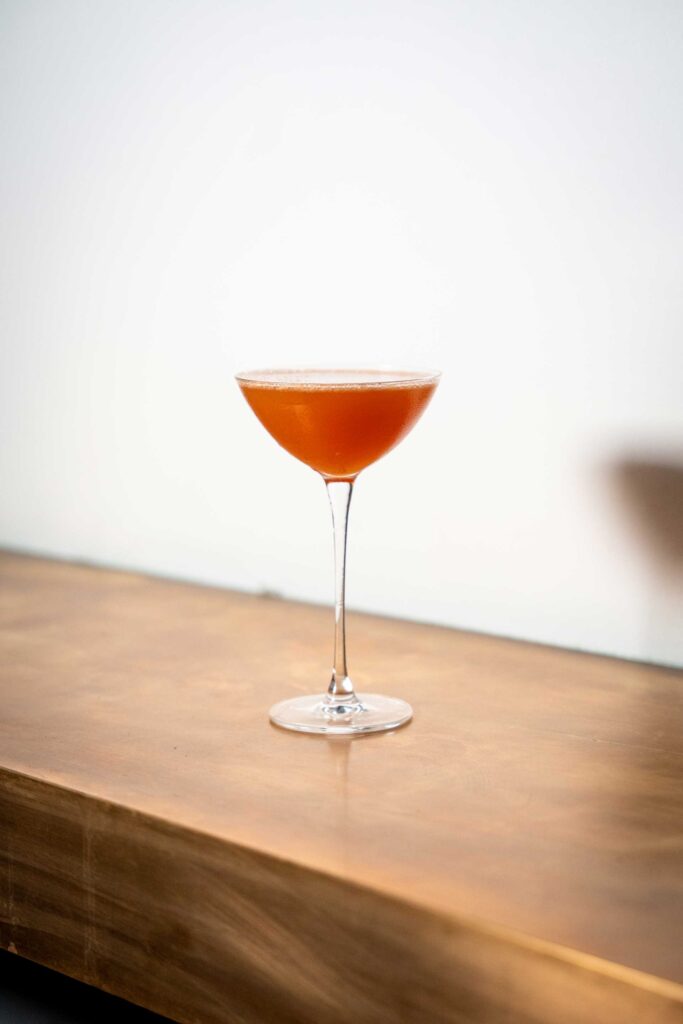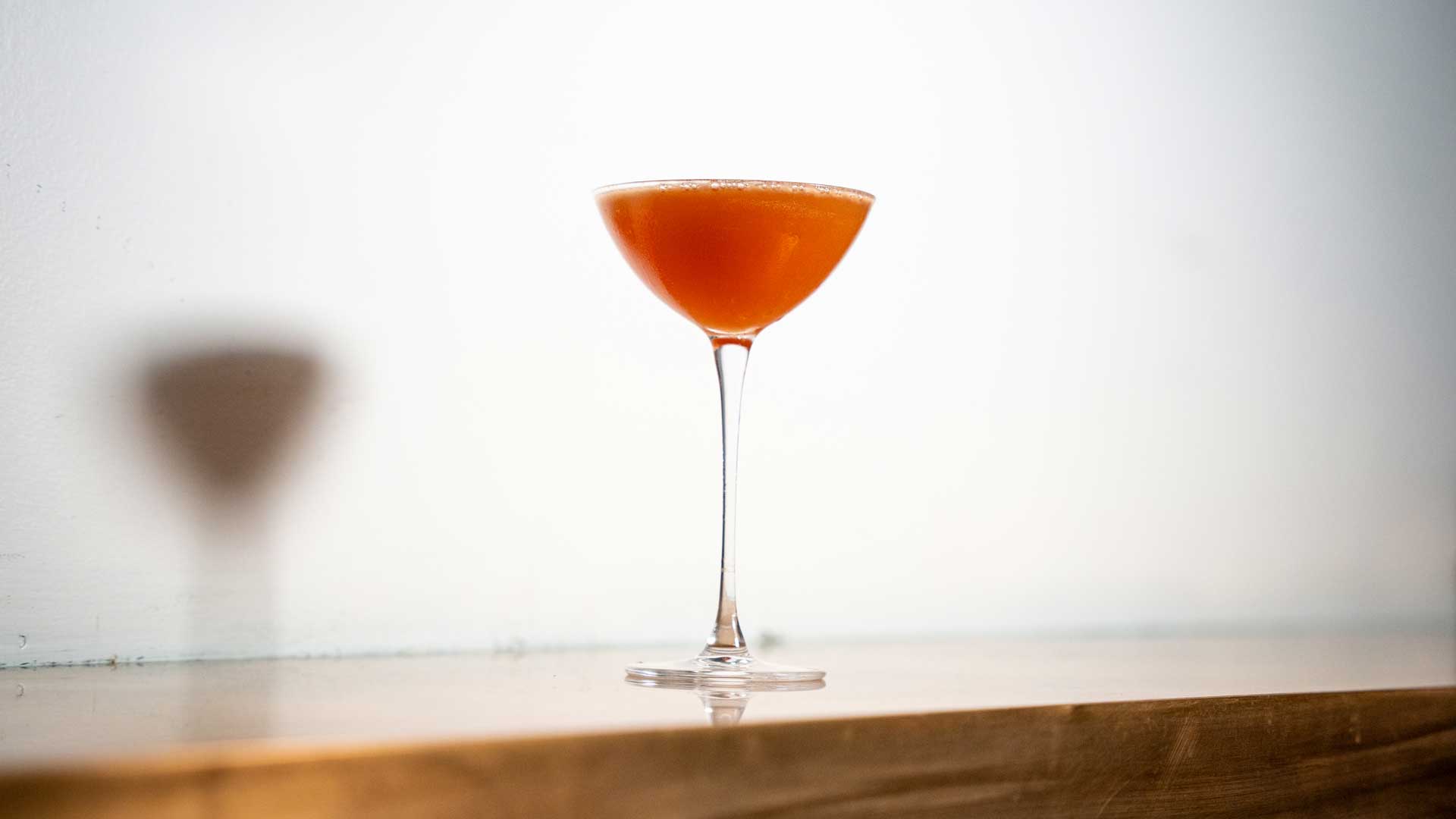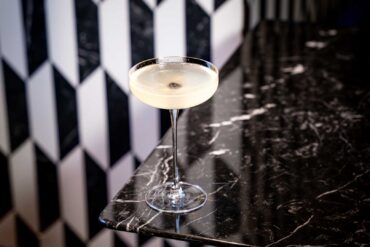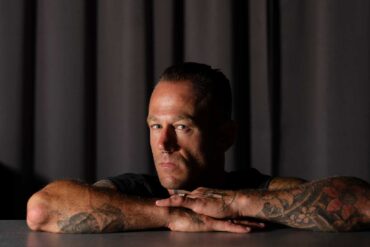Despite its name, the Japanese Cocktail has nothing to do with Japan. It’s a 100% American creation and one of the very few drinks likely to have been invented by Jerry Thomas himself. It’s a potent, spirit-forward cocktail, the kind that packs a respectable punch—and by all accounts, it was a hit in its day. Today, it’s largely forgotten by the mainstream but still very much worthy of a closer look.
The Japanese: the Story of a Cocktail
If Jerry Thomas is part of the tale, that means we’re in the second half of the 19th century—the golden age of early American bartending. But, as anyone who loves this era knows, history comes in fragments. We’re left with educated guesses, expert theories, and narratives that are difficult to confirm with absolute certainty.
The most widely accepted origin story places the invention of the Japanese Cocktail in June of 1860. The occasion? A diplomatic visit from a delegation of officials from the Land of the Rising Sun. That’s the only truly “Japanese” element in a cocktail born in the U.S., by an American bartender, with entirely Western ingredients: brandy, orgeat, and bitters.
The Japanese Embassy in the United States
This was no ordinary visit—it was the first official diplomatic mission between Japan and the United States, following Japan’s opening to foreign trade after centuries of isolation. The delegation was in the U.S. to ratify the 1854 Treaty of Friendship, Commerce, and Navigation.
More than 100 representatives from Japan crossed the Pacific, arriving on March 29, 1860. They visited San Francisco, Washington D.C., Philadelphia, and New York City before heading home by way of the Atlantic and Indian Oceans. By June, the group was staying at the Metropolitan Hotel in New York—just one block away from Jerry Thomas’s bar.
Among the delegation was Tateishi Onojiro-Noriyuki, one of the few Japanese officials fluent in English, and a man curious about American life beyond the formalities of state affairs. Including, of course, cocktails.
Jerry Thomas Takes the Stage
Legend has it that Tateishi became wildly popular with New Yorkers, who affectionately nicknamed him Tommy, partly out of endearment and partly because it was easier to pronounce. Supposedly, Tommy gathered a few of his compatriots and led them straight to Jerry Thomas’s bar. And Thomas, seizing the moment, created a new drink to honor the occasion—the Japanese Cocktail.
The story is usually told in the conditional tense, but it’s considered credible by most cocktail historians. The recipe, unsurprisingly, called for ingredients Thomas had on hand behind the bar: nothing remotely Japanese. The Japanese Cocktail first appeared in the inaugural edition of the Bar-Tender’s Guide in 1862—the very book in which Jerry Thomas set down dozens of recipes, most of which had been created by others. A few, however, were almost certainly his own inventions. The Blue Blazer is one. The Japanese Cocktail is very likely another.
The recipe of the Japanese Cocktail

The Japanese Cocktail isn’t for the faint of heart. It’s strong—so strong, in fact, that cocktail historian David Wondrich once quoted an 1885 article from the Minneapolis Tribune that described it as “a liquid attack of spinal meningitis, capable of inducing reprehensible behavior. For example, throwing rocks at your grandfather.”
Here’s the recipe as it appears in the Bar-Tender’s Guide (1862). As Wondrich points out, the amount of bitters is hefty by modern standards. If you’re using a homemade bitters, go ahead and follow the original proportions. But if you opt for a modern commercial product—much more concentrated—stick to just two dashes.
Ingredients
- 60 ml brandy
- 15 ml orgeat
- 7,5 ml bitter
Method
Take a tumbler and fill it one-third of the way with ice. Add all the ingredients and stir until perfectly blended.
Garnish
One or two lemon peels.
Images courtesy Julie Couder x Coqtail, location Dry Milano – all rights reserved







